Laser diode is the hidden champions of contemporary laser technology.From simple laser Pointers to complex quantum communication satellites, laser diodes are everywhere.It has excellent efficiency, compact structure, many types, many people have considered the laser diode application in their products, in the face of a wide variety of laser diode, how should engineers choose?
We can determine the desired laser diode through the following four steps.
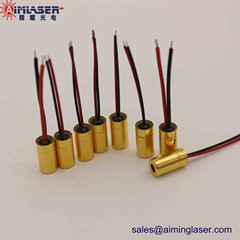
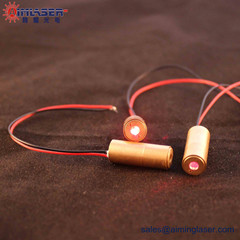
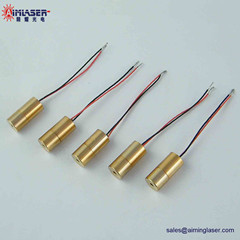
Step 1: Translate the application requirements into laser parameters
The first step is to determine a set of parameters based on the application. A laser interferometer needs to be constructed for surface profile analysis or velocity measurement.We need a laser diode (coherence length 1-10m, wavelength <1100nm) stable at temperature <0.1 nm/K, collimating beam power > 80mW.Using the formula to calculate the line width δ ν =C /πL (δ ν is the bandwidth,C speed of light, L coherence length).Similarly, the formula calculates band pass (sensors used to detect laser signals usually use interference filters to block interfering ambient light), beam quality and beam profile (intensity distribution of the laser beam), and brightness of the light source (measuring its output power and beam quality).
Step 2: Describe the laser and choose the right type of laser
Because there are many options, we need to weigh them.Parameters that are appropriate for the application need to be marked.Wavelength tolerance, there is no limit, its weight is zero.In terms of line width, the calculation range should be between 10 and 100 MHz.
Next, do the same for the other parameters.In the last line, we multiply all the markers by the weights.The result is the type of laser diode we are looking for.
The third step: determine the wavelength, select the laser material
Wavelength is usually very important for laser applications.The laser emission wavelength is limited to <1100 nm.This means gallium nitride (GaN) or gallium arsenide (GaAs) laser diodes may be more suitable.Typically, ultraviolet (UV) solutions are more expensive than laser diodes in visible light (VIS) or near infrared (NIR).
Step 4: Make the final chart and find suppliers
When determining all parameters of the laser diode, we also need to consider the following aspects:
(1) Operation mode.Continuous wave [CW], pulse or modulation.This can have a huge impact on heat management and packaging styles.
(2) Encapsulation.Planar encapsulation or TO encapsulation.This needs to be considered according to the overall size of the product.
(3) Price.In industry, some common wavelength laser diodes are much cheaper than others.
With the above data, you can start looking for a laser diode supplier who can understand your needs based on this data and provide possible solutions as soon as possible.
Our company can customize your required wavelength, output power, line width, fan angle, working voaltage and housing dimensions ect.
 English
English 中文版
中文版

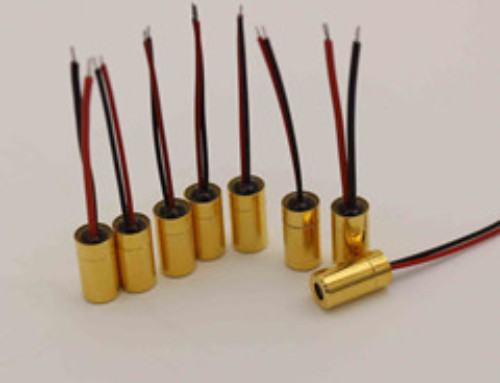
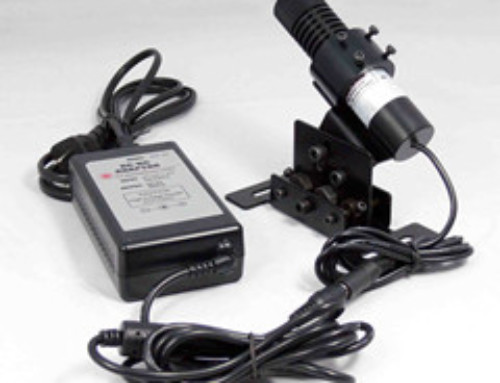






Leave A Comment